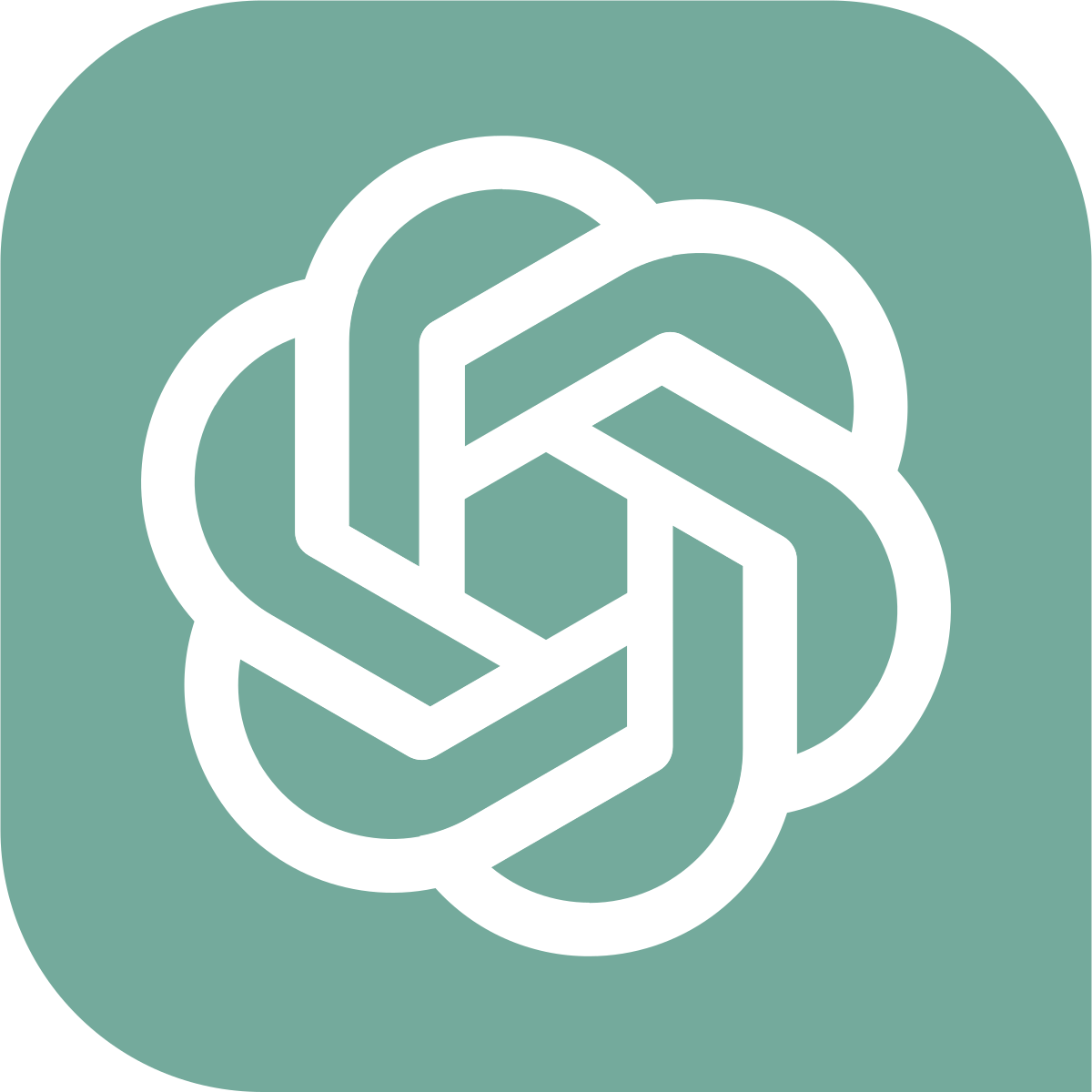
Using ChatGPT, or similar conversational AI models, in elementary school classrooms can have both pros and cons. Here are some points to consider:

Pros:
1. Enhanced Learning Experience: ChatGPT can provide interactive and engaging experiences for students. It can answer questions, provide explanations, and offer additional information to supplement classroom lessons. This can enhance student understanding and foster curiosity. Teachers could also use ChatGPT to "cultivate student curiosity and create ideas for their homework assignments" (World Bank Blogs).
2. Personalized Support: ChatGPT can offer personalized assistance to students, catering to their individual needs and pace of learning. It can provide targeted feedback and adapt to different learning styles, helping students grasp concepts more effectively.
3. Increased Accessibility: For students with learning disabilities or language barriers, ChatGPT can provide a supportive learning tool. It can offer alternative explanations, simplify complex concepts, or provide translations, making education more accessible and inclusive.
4. 24/7 Availability: With ChatGPT, students can access learning resources and support outside of regular school hours. This flexibility allows for continuous learning and helps students reinforce their understanding even when not in the classroom.

Cons:
1. Lack of Emotional Connection: ChatGPT lacks the ability to establish emotional connections with students. It cannot provide the same level of empathy, understanding, and human interaction that a teacher can offer. This emotional aspect is crucial for building trust and providing holistic support to students.
2. Limited Contextual Understanding: ChatGPT
may struggle with understanding context-specific queries or complex topics. It
could provide inaccurate or incomplete information, potentially leading to
misconceptions or confusion among students. An example occurred in class when a classmate requested recipes/meal plans for a week that didn't include any shellfish due to an allergy, and ChatGPT provided a recipe that used shrimp.
3. Overreliance on Technology: Excessive
reliance on ChatGPT may discourage students from seeking help from human
teachers or engaging in peer collaboration. This could hinder the development
of important social and communication skills. A large part of schooling is building students social-emotional learning, and, with an overreliance on technology, those skills are put on the back burner. Similar to what happened during Covid, students may become overly dependent on technology to source their entertainment, answer their questions, and fill the void of human interaction.
4. Ethical Concerns: AI models like ChatGPT
raise ethical concerns regarding data privacy and security. The collection and
storage of student interactions may pose risks if not handled properly. "There is a risk that this data may be used for unwanted or malicious purposes or that it may be compromised in a data breach" (Brandeis University).
5. Potential for Misuse: If not properly supervised or guided, ChatGPT can be misused or provide inappropriate responses. It requires careful monitoring and filtering to ensure that the content delivered aligns with educational standards and is suitable for young learners.

The National Education Association has an article on teachers weighing in on the pros and cons of ChatGPT entering the classroom, which can be found at this link. One of the biggest concerns is students using ChatGPT to cheat. The NEA, as well as NBC, mention that OpenAI has launched a tool, the AI Text Classifier, to help catch cases where students have used AI to generate essays or other assignments.
Ultimately, the use of ChatGPT in elementary school classrooms should be approached with caution. It can be a valuable tool when used appropriately and in combination with human instruction. Striking a balance between technology and human interaction is crucial to provide a well-rounded learning experience for young students.
(Created with assistance from Generative AI)
What I love is all the Cons....are things we want to be using class time for. How do we turn those Cons into learning opportunities in our classrooms?
ReplyDelete